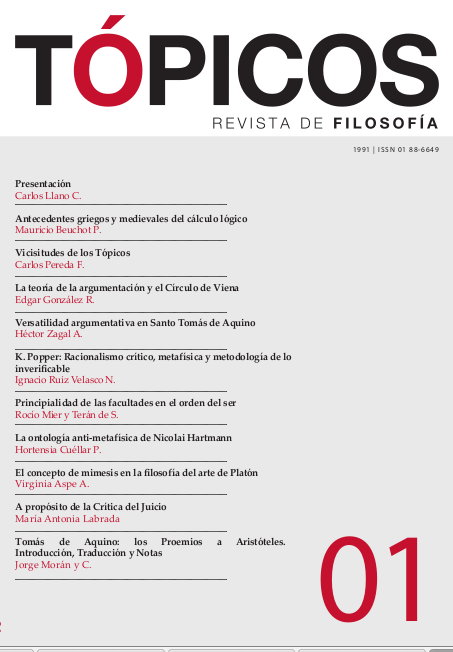Published 2013-11-28
Keywords
How to Cite
Downloads
Altmetrics
Citas
Abstract
, , , , , ,The tenth book of the Republic its famous for the poets expulsion. But Plato was conscious of the dangers and virtues of art. On one hand, the Athenian philosopher reyected art becaus it is mímesis, representation of the aparent and sensible, that gets three times far away from being, from the in-itself, from the ideas; but, on the other hand, he recognizes that the narrative value of art, as in the myth, consists in its attractive force, it moves the one it is directed to. Even though Plato's mayor concern regarding art is its power of persuation badly employed or directed towards pleasures and other directions that get diverted from the good, it is notable that, through mímesis, aesthetics and ethics get communicated. Plato is a philosopher and a poet: he makes philosophy with myths because they are highly enlightening and do not need scientific discourse at all to spread a deep mesaje; but, never the less, he makes thruth appear brightly in the myth and brings science, the universal, the true, the eternal and the necessary closer to us.






